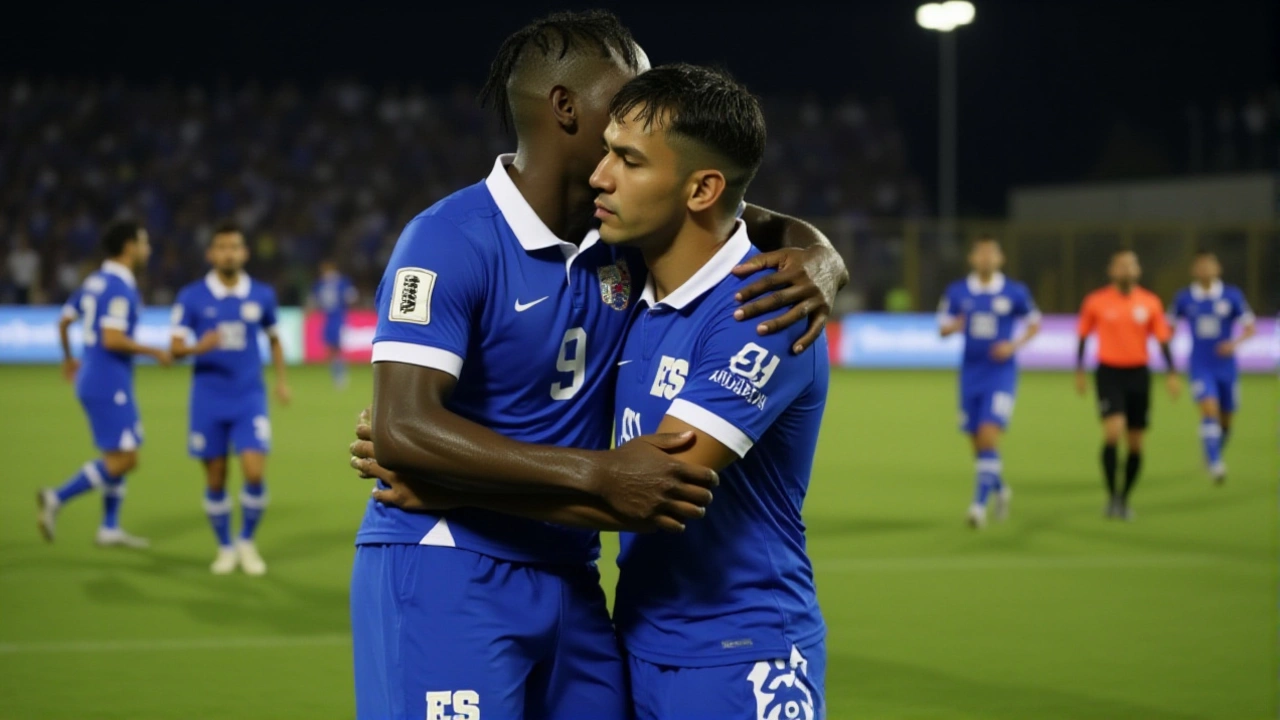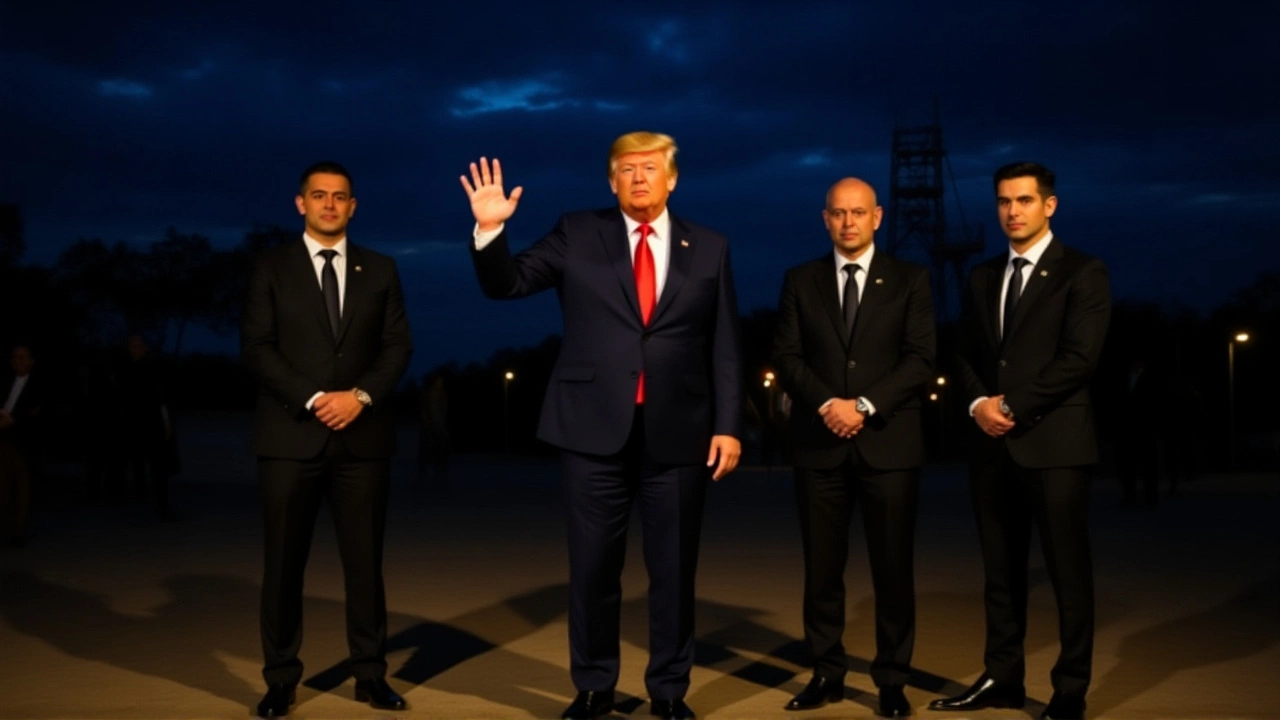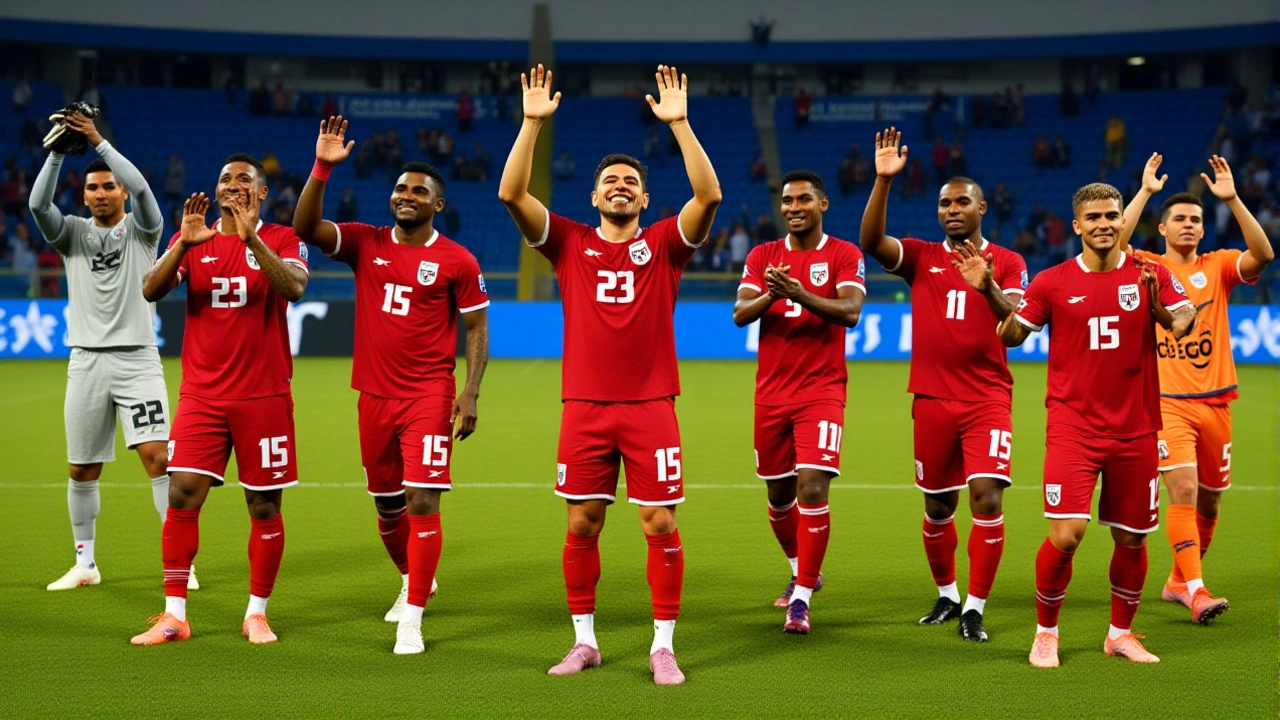When José Fajardo tapped in a cross from the right flank in the 55th minute, the roar from Panama’s small but vocal traveling contingent at Estadio Cuscatlán wasn’t just relief—it was the sound of hope reigniting. Panama edged El Salvador 1-0 on October 10, 2025, in a match that turned out to be the turning point in their 2026 FIFA World Cup qualifying campaign. The goal, set up by defender Amir Murillo, wasn’t flashy, but it was perfectly timed, perfectly executed, and ultimately, decisive.
A Win That Changed Everything
Before this match, Panama had been stuck in neutral. Two draws and zero wins in the opening three games of CONCACAF’s third round left them clinging to fourth place in Group A. Fans were nervous. Analysts were skeptical. The team hadn’t won an away qualifier since 2017. But Fajardo’s goal—his first in World Cup qualifying since 2021—changed the narrative overnight. Suddenly, Panama sat at five points, tied with Suriname atop the group, but holding the tiebreaker. El Salvador, meanwhile, slumped to three points, their hopes of automatic qualification slipping away. The match itself was tense, physical, and low on chances. El Salvador, playing in front of their home crowd, came out fast. In the first minute, Brayan Gil nearly put them ahead with a close-range header, but José Córdoba made a last-ditch clearance that saved Panama’s season. By halftime, Panama had absorbed pressure but offered little going forward. Their midfield, anchored by Luis Mejía and Edward Cedeño, struggled to find rhythm. But in the 43rd minute, Adalberto Carrasquilla fired a left-footed rocket from the top of the box—only for El Salvador’s goalkeeper, Mario González, to make a stunning fingertip save.The Moment That Broke the Game
Then came the 55th minute. Murillo, playing as a right-back but drifting forward like a winger, took on two defenders near the sideline. His cross wasn’t perfect—it dipped, it wobbled—but it found Fajardo in space at the far post. No celebration. No theatrics. Just a simple, clinical finish. The ball rolled across the line. The stadium fell silent. Panama’s bench erupted. And for the first time in this qualifying cycle, the Panamanian team looked like they belonged. It wasn’t just the goal. It was the timing. The pressure. The fact that Panama had played 54 minutes without a shot on target. They weren’t dominating. They weren’t controlling possession. But they were waiting. And when the chance came, Fajardo didn’t miss.What It Meant for Panama
This wasn’t just a win. It was a lifeline. Panama’s previous World Cup appearance in 2018 had been a historic moment—their first ever. But back then, they qualified as group winners. This time, they needed to fight through a brutal group that included Suriname, El Salvador, and later, Canada. After this win, their confidence shifted. They began playing with a new edge. A week later, they beat Suriname 2-1 at home. Two weeks after that, they crushed El Salvador 3-0 in Panama City. By November 18, 2025, when Panama sealed their spot with that 3-0 win over El Salvador, they became only the second Central American nation—after the United States—to qualify for two consecutive World Cups. The Federación Panameña de Fútbol, based in Panama City, celebrated not just qualification, but the resurgence of a national team that had been written off just weeks earlier.
El Salvador’s Struggles Deepen
For El Salvador, the loss was more than just three points dropped. It was a psychological blow. Their attack, led by Brayan Gil, looked disjointed. Their defense, once solid in the early rounds, collapsed under pressure. Midfielder Darwin Cerén, a veteran of three World Cup qualifying cycles, looked exhausted. By the final whistle, the crowd at Estadio Cuscatlán had turned from hopeful to hollow. El Salvador finished third in Group A, two points out of the playoff spot. Their last hope? A miracle in the inter-confederation playoffs—which never materialized.What Comes Next
Panama’s qualification for the 2026 World Cup—hosted jointly by the United States, Mexico, and Canada—means they’ll face one of the top teams from Europe or South America in the group stage. Their path won’t be easy. But for the first time in seven years, they’re not just participating. They’re competing. The CONCACAF qualifiers for 2026 marked the seventh edition of the confederation’s final round, and this cycle was the most competitive yet. With the tournament expanding to 48 teams, the pressure to finish in the top two of each group was immense. Panama didn’t just survive—they thrived.
Behind the Scenes
The Federación Salvadoreña de Fútbol has since initiated a review of their qualifying campaign, citing a lack of tactical flexibility and over-reliance on aging players. Meanwhile, Panama’s coaching staff has been praised for their adaptability—especially their decision to let Murillo push forward and give Fajardo more space. It was a small tweak. But in international football, small tweaks often make the biggest difference.Frequently Asked Questions
How did José Fajardo’s goal impact Panama’s World Cup chances?
Fajardo’s 55th-minute goal against El Salvador was Panama’s first win in the final round of CONCACAF qualifiers, lifting them from fourth to second in Group A. That win sparked a three-match winning streak, including a decisive 3-0 victory over El Salvador on November 18, 2025, which officially secured their qualification. Without that goal, Panama likely would have been eliminated.
Why was Estadio Cuscatlán such a tough venue for visiting teams?
Known as the "Cathedral of Football" in Central America, Estadio Cuscatlán in San Salvador sits at 600 meters above sea level and often reaches 90% humidity. The altitude and passionate home crowd have historically overwhelmed visiting teams, making it one of the hardest places to win in CONCACAF. Panama’s 1-0 victory there in October 2025 was only their second away win in the stadium in 15 years.
Who are the key players in Panama’s 2026 World Cup squad?
Alongside striker José Fajardo, Panama’s core includes midfielder Luis Mejía, who controls tempo, and defender Iván Anderson, whose aerial dominance has been critical. Goalkeeper César Samudio has been a revelation, keeping three clean sheets in the final six qualifiers. Captain Adalberto Carrasquilla, now 28, is the emotional leader and primary set-piece threat.
What does Panama’s qualification mean for Central American football?
Panama becoming the second Central American nation to qualify for consecutive World Cups—after the U.S.—signals a shift in regional power. Costa Rica and Honduras have struggled recently, while Panama’s investment in youth academies and professional leagues is paying off. Their success could inspire smaller nations to prioritize long-term development over short-term fixes.
How does the 2026 World Cup format differ from previous tournaments?
For the first time, the World Cup expands to 48 teams, up from 32. CONCACAF gets six automatic spots instead of three, with the top three group winners qualifying directly and the two best runners-up advancing to a playoff. Panama qualified as the second-place finisher in Group A, meaning they avoided the inter-confederation playoff entirely—something that gave them a huge advantage over teams like El Salvador.
What’s next for Panama after qualifying?
Panama will begin preparations for the 2026 World Cup with friendlies against South American and European opponents in early 2026. They’re likely to be placed in a group with teams like Brazil, Portugal, or Spain. Their goal isn’t just to participate—they aim to win a group stage match for the first time in history.
